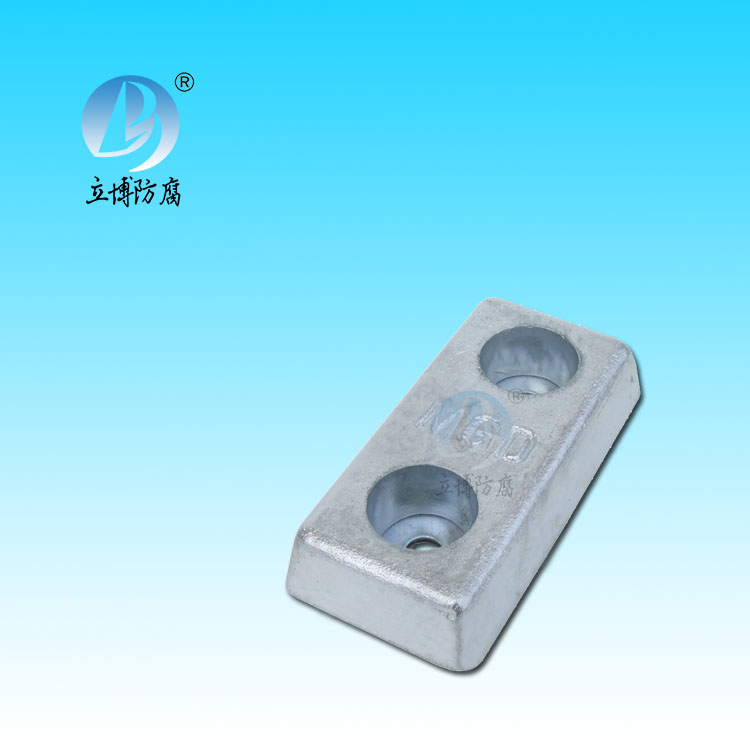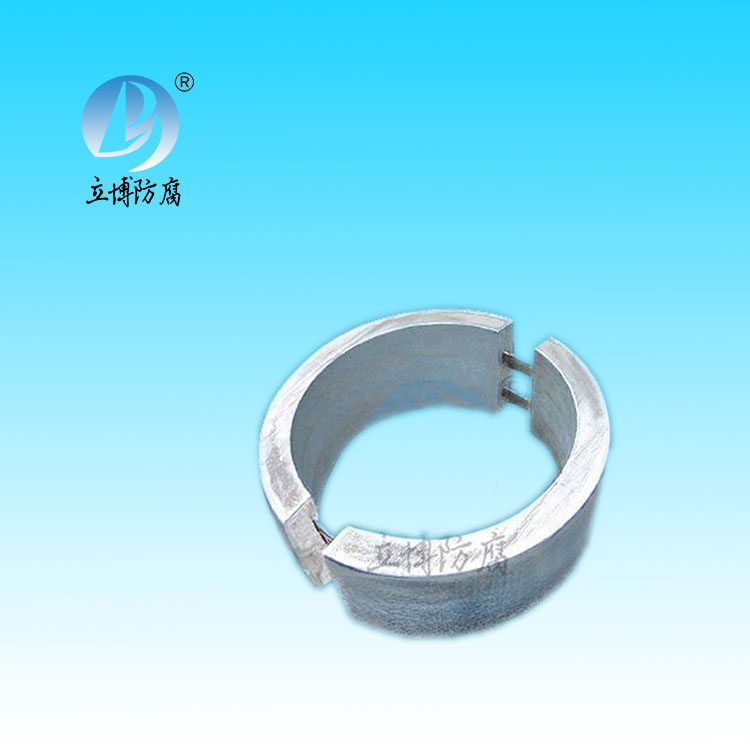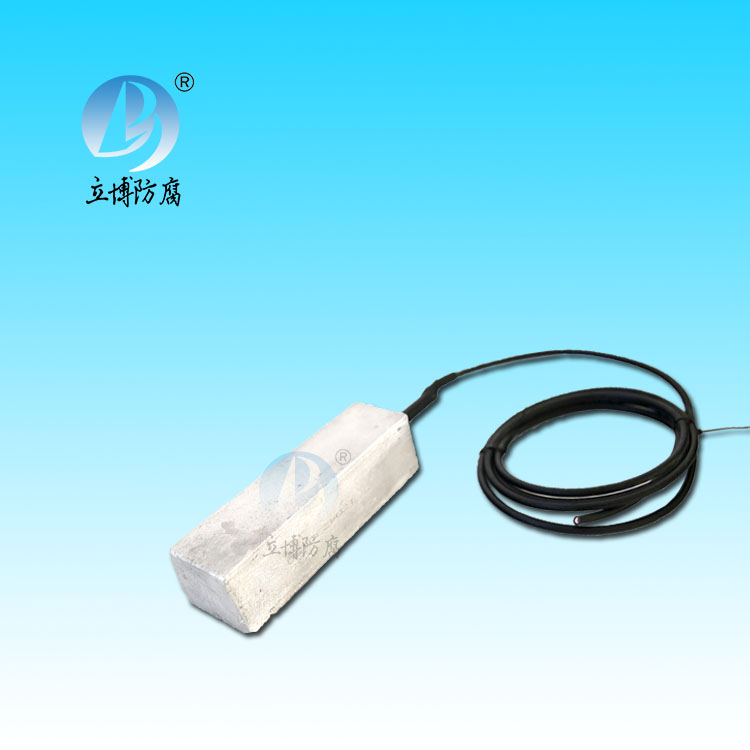News
News
- What is a sacrificial anode
- Basic requirements for reference...
- What does the reference electrode do...
- Why are zinc blocks attached to the ...
- What is the principle of impressed...
- What material does metal structure...
Contact
Phone:18739187123
hotline:0391-7588881
E-mail:970512272@qq.com
Address:Wuzhi County, Jiaozuo City, China
Industry News
The history of cathodic protection
- Author:Libo
- Source:waskmauriceandnesanel.com
- Date:2021-06-11
- Click:0
The history of cathodic protection
The flow of the current prevents the occurrence of galvanic corrosion [26]. Volta was known long before the galvani current (later named after him) was discovered "(30). A simple solution was to wrap the heads of the copper nails in lead skin. This eliminated the galvanic coupling between the two metals, and the chemically active lead around the nails corrodes away in seawater. Later, the shipyard found that the wood shell was covered with lead sheets to keep the frogs from drilling, and the lead sheets were nailed to the boards with copper nails. The nails found in shipwrecks formed between lead and copper nails show that the Romans knew that an electric current flowed along with contact corrosion. People were on the ship's battery. "All these discoveries," he writes, "are enough to confirm that, in the Italian scientist Giovanni galvani's experiments with frog legs (Wilhelm Kunnig, head of the Antiquities Office in 1789, suggested that these objects were similar clay POTS used to gild small pieces of jewelry by electrolysis). Supposedly from the Roman Empire (27 BC-395 AD), the former Baghdad asphalt sealed copper cylinder containing a rusted iron core. It was also found across the Tigris river in the ruined city of Seleucid. In ancient times, the attraction of rubbed amber to each other and other electrical effects were known. From the old 1936, several clay POTS about 14cm high were found at Hujorabr, near Baghdad. Use it carefully inside the pot
It is not clear whether Sir Humphrey Davy (FIG. 1-7) was aware of these insights when the Admiralty task began in 1761 to produce copper coated wood for high anticorrosive protection. He conducted extensive laboratory experiments and found that copper could be cathodic protected with zinc or iron. (In 1812 Davey had hypothesized that the chemical changes were caused by the same cause, or at least by the same material properties, as the changes. He believes that by changing the charge state of the material, it can increase or decrease the chemical reaction forces, so that only materials with different charges can hold together. If previously positive materials are artificially changed to equal negative charges, then this constraint can be broken, because they can no longer participate in the corrosion reaction. Based on Galvani's experiments with frog legs in 1789, the galvani current and the study of electrolytes began. In 1797, Italian physicist Alexandre Volta discovered the so-called Voltaic stack in Pavia, which produced the first current from a battery. The reverse process, electrolysis, was discovered by Alexander von Helmbolt in 1795 from an electrolytic cell consisting of zinc and silver electrodes in the electrolyte. In 1798, Ritter noticed that the electrical potential order of metals was consistent with the order of their oxidizability. Although these findings did not rise to the level of electrochemical theory, davey's explanation was nonetheless remarkable. David had determined that copper was a weakly positive metal in the Galvani potential sequence. He reasoned that copper corrosion in seawater could be prevented if it were in a state of weak negative charge. All chemical reactions, including corrosion, can be prevented if the copper surface becomes negative (i.e., cathode). To explain the process, Davey conducted experiments in which he immersed polished copper samples in weakly acidic seawater. He welded a piece of tin onto a copper specimen, and after three days, corrosion was evident on the copper specimen without the solder block, while the copper specimen with the solder block showed no signs of corrosion. Davey concluded that other more active metals, such as zinc or iron, could be used for corrosion protection. David continued his experiments with the assistance of his disciple Michael Faraday. From this study, it is clear that the location of zinc is not important. A copper specimen welded with an iron specimen is then joined to a zinc specimen. As a result, not only the copper but also the iron is protected against corrosion. After David reported his findings to the Royal Society and admiralty, in 1824 he was allowed to begin experiments on ships with copper plates. The tests were carried out at the Portsmouth naval base. David attached zinc and cast-iron plates to the coppered ships to prevent corrosion. He decided that cast iron was the most economical material. The cast iron plates are 5cm thick and 60cm long, and satisfactory results were obtained on nine warships. On the hull where the nails and nails had been corroded, the corrosion effect was limited only to the area close to the anode. To explain this, David continued his experiments aboard the battleship Samarango in 1824 (Figure 1-8). 18
From March 1824 to January 1825, the first belly of the Nova Scotia Peninsula, Canada, was an ocean-going warship with cathodic protection on the steel guard plate. It was this discovery that laid the scientific foundation for his theory of electrolysis and the principle of cathodic protection. 1856 construction engineer association meeting held in hannover, Germany, a blessing in the telegraph surveyor's report him for a long time the result of the extensive experiments to explore, "especially for pure iron this kind of the most important and widely used metal protection, because fine iron bridge, the most important part of shiplock, gate and other large structures." It was obvious that he didn't know much about David's experiment. Freiler welded or screwed blocks of zinc to iron parts to prevent corrosion in the sea. He concluded that "iron is undoubtedly protected by galvani currents." However, a successful and practical anticorrosion technique will require more experiments on a larger scale over a longer period of time [31,32]. Little is known about the great American inventor Thomas Edison's attempt in 1890 to use impressed current for cathodic protection of ships, but the right power supply and anode materials were not available, so his idea did not succeed. In 1902, K. Cohen successfully realized practical cathodic protection with the addition of direct current. In 1906 Herbert Gebert, a public works manager working in Karlsruhe, built the first cathodic protection for pipelines. He uses 10V/12A DC generator, which can protect 300m gas and water supply pipelines within the electric field range of tram track [33]. FIG. 1-9 shows the schematic diagram of the German patent obtained by Gebert in 1908 [34]. Protection with consumable anodes was called "electrochemical protection" at the Meeting of the Metal Society held in Geneva in the autumn of 1913. FIG. 1-9 Limbert Gabot's patent (DRPNo.211612) for cathodic protection, which protects steam boilers and their pipes from corrosion, 1905. Cumberland used a cathode impressed current in the United States. Figure 1-10 shows the German patent records of self-correlation [35]. In 1924, several Chicago Railroad locomotives were equipped with cathodic protection to prevent boiler corrosion. Before, the steam boiler heating tube must be replaced every nine months, "the use of electrical protection after significantly reduced the cost." A. Gardaigle of Denmark used aluminum anodes and applied direct current for internal corrosion protection of hot water supply units and cathodic protection of hot water tanks and connecting pipes by forming A secondary surface film. In the early 20th century, with the development of stainless steel, the bluntness of metals became technically an important consideration for corrosion protection.







 客服QQ
客服QQ